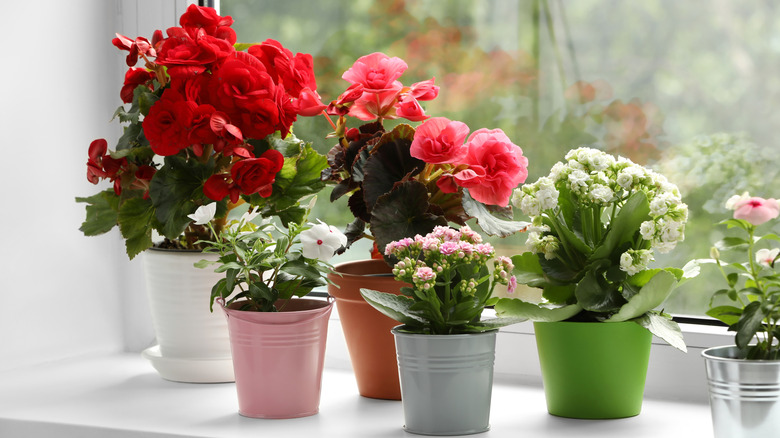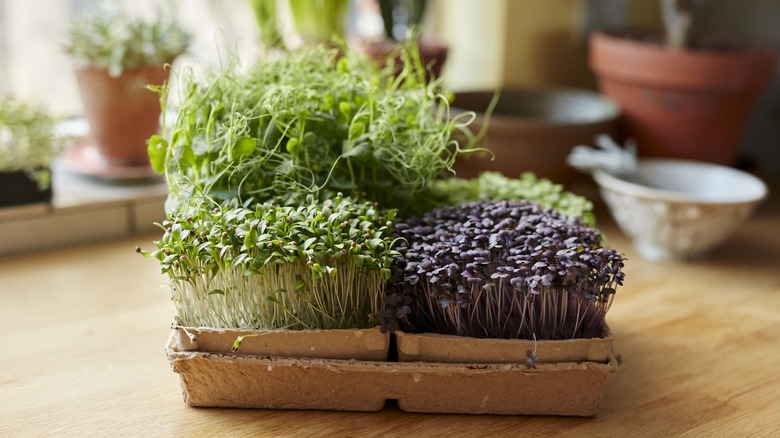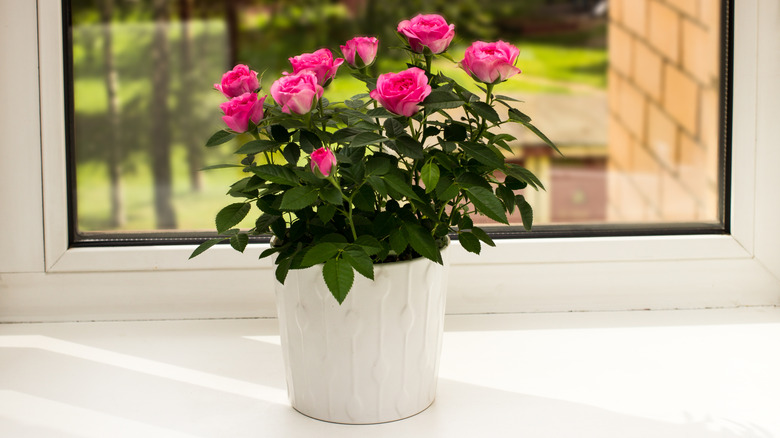Can You Grow Outdoor Perennials Inside? (And Should You?)
Planting perennials is one of the smartest low-maintenance garden moves you can make. So what are perennial plants, you may ask? Unlike annuals, which only last for a single season, perennials spring to life year after year – no replanting required.
But what if your garden is already packed to the brim, or you don't have access to outdoor space but still want to enjoy the beauty and resilience of perennials? Here's the good news: you don't have to limit these hardy plants to your backyard or flower beds. With the right setup and care, many perennials can adapt surprisingly well to indoor life, bringing long-lasting greenery, and even blooms, into your home year-round.
Native perennial varieties tend to fare best indoors, especially those that don't mind filtered light or temperature adjustments. With thoughtful placement and attention to their natural rhythms, these plants can be just as happy on a sunny windowsill or in a well-lit room as they are in a garden bed.
How to care for perennials indoors
While perennials kept outdoors need regular watering to keep them feeling happy, perennials kept indoors also have their own set of needs. Light is the most critical factor. Consider where the perennial would be kept if it was outdoors, and how much daylight it would get, and adjust its position in the home to suit it.
Most perennials prefer bright spots with lots of sunlight, so south-facing windows are ideal. If the chosen spot covers just one side of the potted perennial, rotate it regularly to allow for even light exposure and growth. Perennials kept indoors should also be planted in containers with good drainage for root growth, and in soil or potting mix that resembles what it would have been planted in if it were outside.
Some key factors to watch for when bringing perennials indoors include drafts, watering, light, and pests. Cold or hot drafts can stress plants, so avoid placing them near doors or vents. Keep soil consistently moist but well-drained to prevent root damage from over or underwatering. Light levels also fluctuate seasonally meaning even bright windows may not provide enough winter light, so supplemental grow lights can help. Also, monitor plants regularly to catch any pest infestations before it becomes a bigger problem.
Which perennials can thrive in your home?
The secret to growing perennials indoors is knowing which varieties will thrive inside. Fortunately, a handful of perennials are well-suited for indoor life. Dwarf hydrangeas such as macrophylla (mophead) is one houseplant that is perfect for growing indoors as it stays happy when planted in a pot and prefers cooler temperatures and a well-lit spot. Or, for a burst of blooms, keep miniature roses in an indoor pot on a sun-drenched windowsill where they can be watered regularly. Pansies (Viola × wittrockiana) and violets (Viola odoratas) can also make bright additions to your windowsills and, as a bonus, they even double as edible decorations for cakes and desserts.
Besides perennial flowers, many perennial herbs such as mint, rosemary, chives, tarragon, and thyme, are perfectly suited for life on a sunny kitchen windowsill. Keeping herbs in easy reach not only encourages healthy growth but also means you are more likely to reach for them when cooking, making your indoor garden both beautiful and practical.
In short: Yes, you can and should grow perennials inside, especially if you want to bring some life indoors or don't have outdoor space. Growing perennials indoors offers year-round greenery, seasonal blooms, and fresh herbs right at your fingertips.


